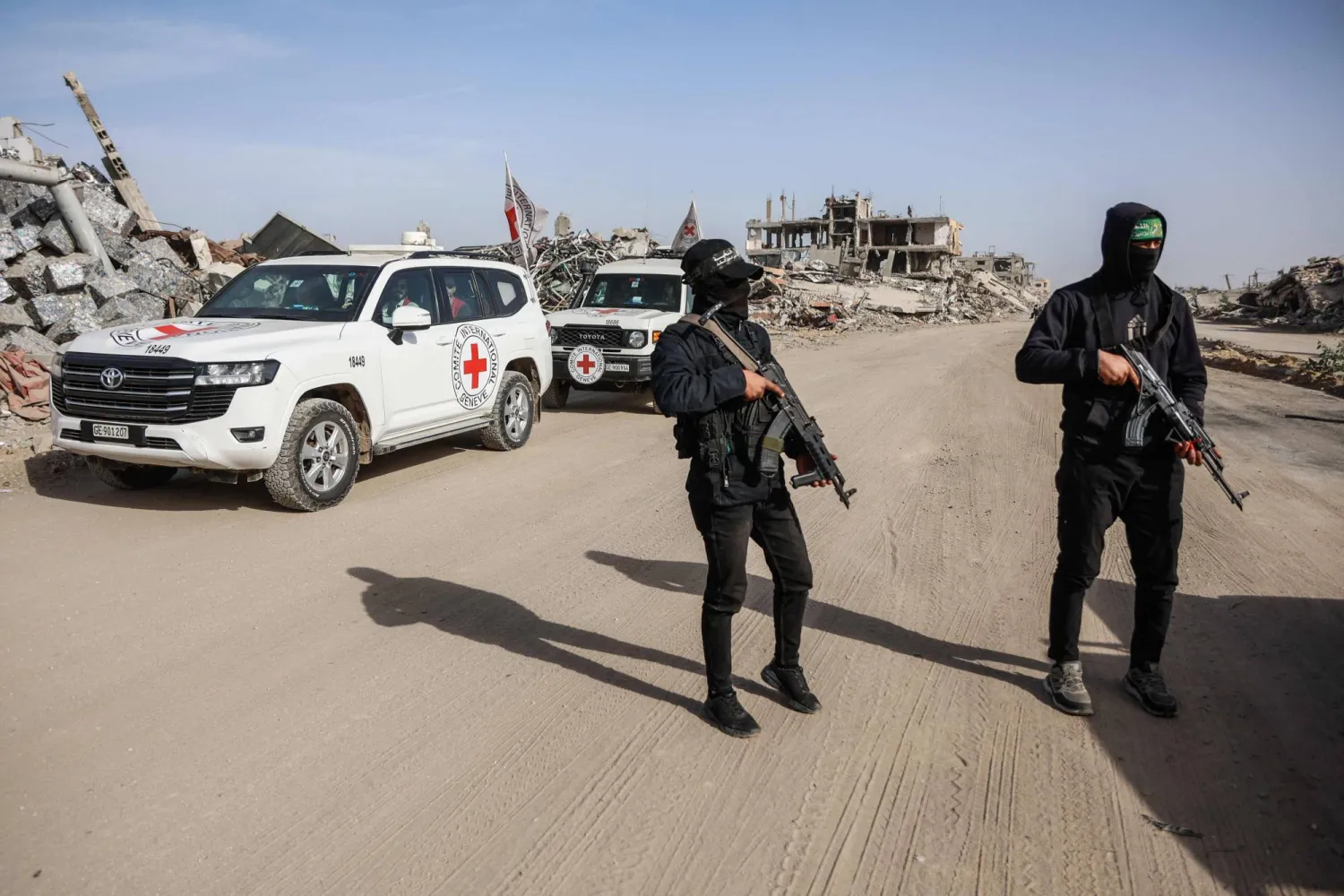Israeli shelling hit southern Lebanese towns on Wednesday in response to a fresh rocket attack by armed group Hezbollah, as cross-border violence extended into a fourth day.
Hezbollah said it had fired precision missiles at an Israeli position in response to the killing of its members in Israeli shelling earlier this week, pledging "decisive" responses to attacks on Lebanese territory, especially deadly ones.
The Israeli military said it had hit a Hezbollah position with an air strike and had also "attacked" Lebanon after a military post near the Israeli town of Arab al-Aramshe was targeted with anti-tank fire on Wednesday.
It did not immediately provide details on casualties.
A Lebanese security source said Hezbollah fired two precision missiles into Israel, which the group considers its sworn enemy.
Residents of the southern Lebanese town of Rmeish said Israeli shelling hit nearby. A security source told Reuters that Israeli artillery rounds were hitting the rocket launch point around Dhayra, across from Arab al-Aramshe.
Lebanese in those towns say the recent violence has brought back memories of the summer of 2006, when Iran-backed Hezbollah and Israel fought a brutal month-long war.
Local Lebanese television station al-Jadeed broadcast images of plumes of white smoke billowing out of a wooded region near some homes and farmland in Dhayra.
Hezbollah and Palestinian faction Hamas both claimed attacks from Lebanon on Tuesday. Hezbollah fired a guided missile at an Israeli tank, posting a video of its destruction, and Hamas said it launched a salvo of rockets from Al-Koleilah into Israel.
The Lebanese army said on Wednesday that it had found the platform from which rockets were launched in Al-Koleilah.
The outbreak of violence along the border came after Hamas launched a deadly attack against Israel at the weekend, with Israel unleashing a bombing campaign against Gaza.
Later on Wednesday, the Israeli military said that hostile aircraft had entered the country from Lebanon, setting sirens blaring across northern Israel as it urged citizens there to shelter.
The military did not specify the kind of aircraft. But Hezbollah and Palestinian militants are known to have drones and gliders.
Meanwhile, the United States said it is watching developments on the Lebanon-Israel border closely and does not want to see the conflict widened or expanded.
"We have seen rocket fire coming from southern Lebanon ... into northern Israel. We obviously are watching this with great concern. We don't want to see this conflict widened or expanded," White House national security spokesman John Kirby said in an interview with MSNBC.
He said he does not believe it is in Israel's interest to have a second front to fight and defend.
United Nations Secretary-General Antonio Guterres said a spillover of the conflict in Israel must be avoided and that he is concerned about attacks on Israel from southern Lebanon.
"I appeal to all parties, and those who have an influence over those parties, to avoid any further escalation and spillover," he told reporters.









